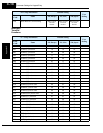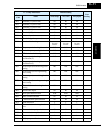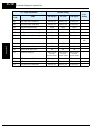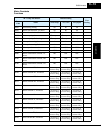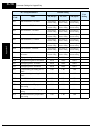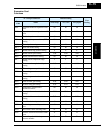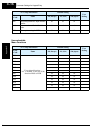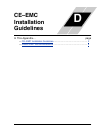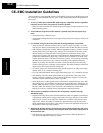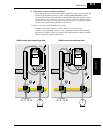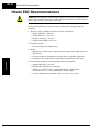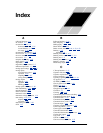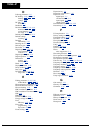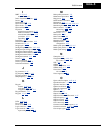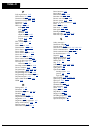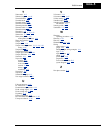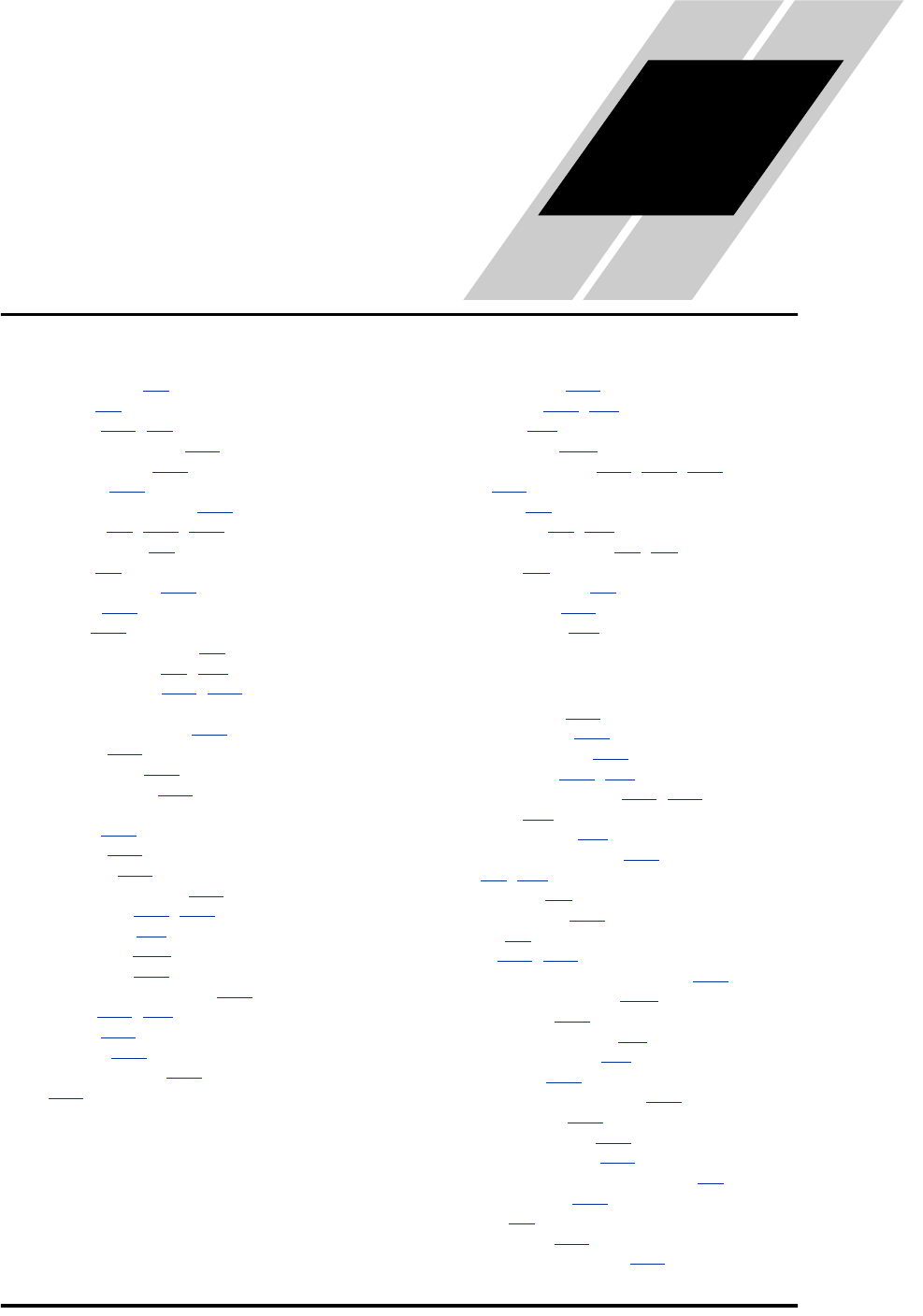
Index
A
A Group functions 3–9
AC reactors 5–3
Acceleration 1–15, 3–8
characteristic curves 3–26
second function 3–24
two-stage 4–19
Acceleration stop function 3–21
Access levels 3–5, 3–36, 4–25
Access to terminals 2–2
Accessories 5–2
Adaptive auto-tuning 4–69
Alarm signal 4–48
Algorithms 3–62
Algorithms, torque control 3–5
Ambient temperature 2–7, A–2
Analog input settings 3–11, 3–28
Analog inputs
current/voltage select
4–26
operation 4–59
sampling filter 4–59
wiring examples 4–61
Analog outputs
FM type
4–63
operation 4–62
PWM type 4–62
Analog signal calibration 3–60
Anti-windmilling 3–18, 3–21
Arrival frequency A–2
ASCII code table B–18
Automatic restart 3–29
Automatic voltage regulation 3–23
Auto-tuning 4–67, A–2
adaptive 4–69
procedure 4–68
Auto-tuning constants 3–62
AVR 3–23
B
B Group functions 3–29
Base frequency 2–26, A–2
Bibliography A–6
Block check code B–18
Brake control, external 3–46, 4–39, 4–58
Braking 1–15
dynamic 5–6
Braking resistor 2–5, A–2
Braking resistor selection 5–7, 5–9
Braking unit 2–5
Braking unit selection 5–8
Braking, dynamic 1–18
Break-away torque A–2
C
C Group functions 3–47
Capacitor life curve 6–12
Capacitor replacement 6–13
Carrier frequency 3–41, A–2
Catching a spinning motor 3–43, 3–61
CE approval A–2
CE-EMC guidelines D–2
Chassis ground connection 2–20
Choke 2–5, A–2
Choke, DC link 5–4
Chopper frequency 3–41
Clearance 2–7
Coasting 3–43, 3–61
Commercial power source switching 4–23
Communication test mode B–19
Communications 3–59
Communications protocol B–5
Communications, serial B–2
Constant torque 3–14
Constant volts/hertz operation 1–13
Control algorithms 3–14
Control gain switching 4–31
Controlled deceleration 3–40
Controlled deceleration at power loss 4–4
Cooling fan control 3–44
Copy Unit 1–3
Current overload 3–34
Current overload restriction 4–35



